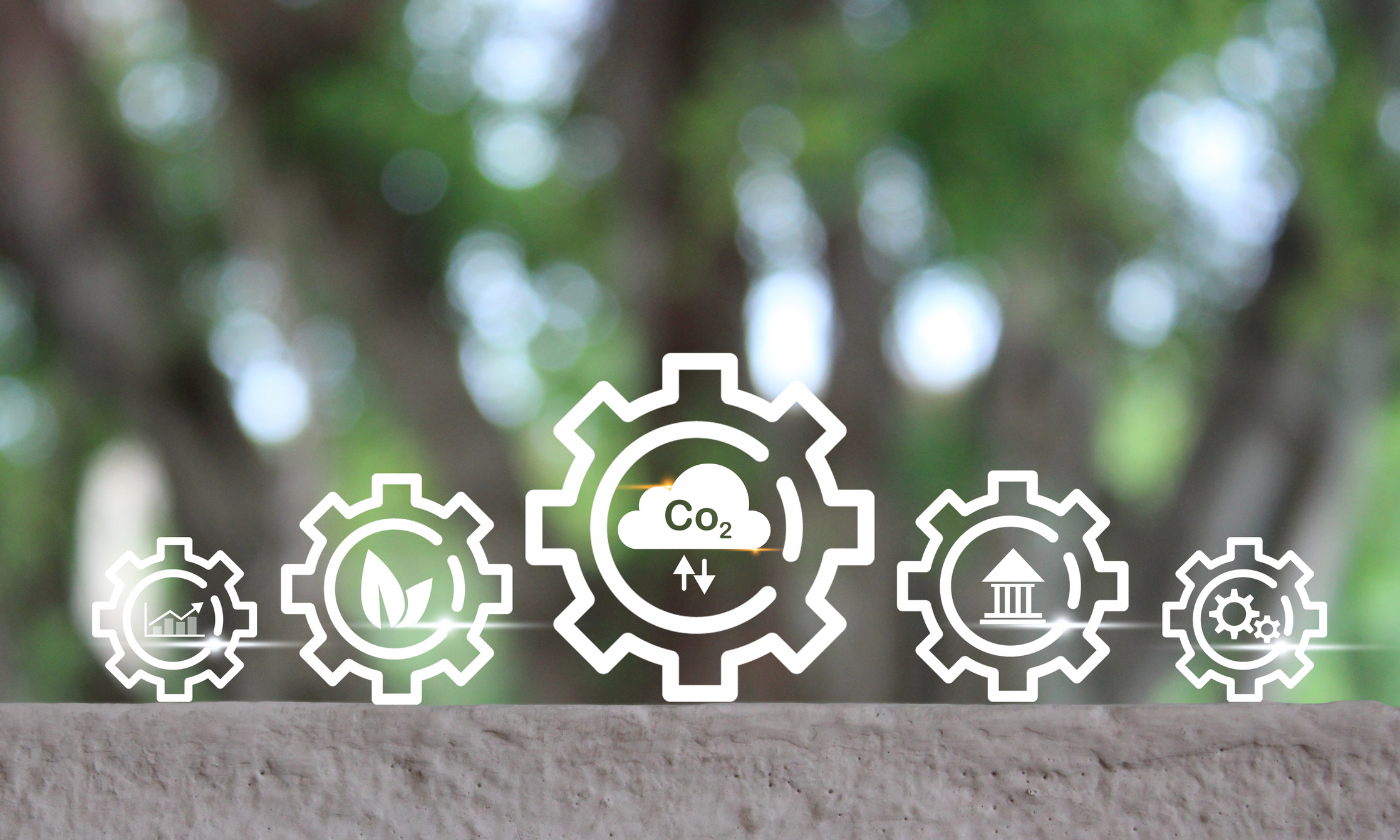At the 2024 Australasian Fleet Leadership and Education Summit, Lucinda Hirth, Senior Sustainability Consultant at Rewild Agency, shared valuable insights on carbon emissions reporting especially for organisations adapting to Australia’s changing sustainability requirements. Here are some of the key learnings from the session:
What is Carbon Accounting
Carbon accounting serves as the financial reporting equivalent for greenhouse gas (GHG) emissions. Just as financial accounting tracks monetary flows, carbon accounting quantifies emissions across three scopes:
- Scope 1: Direct emissions from owned or controlled sources (e.g., company vehicles).
- Scope 2: Indirect emissions from purchased electricity, heat, or steam.
- Scope 3: Indirect emissions from the value chain, including business travel, commuting, and waste.
This framework, guided by global standards like the GHG Protocol, enables organisations to measure, manage, and report their carbon footprint effectively.
Why Measure Carbon Emissions and Where to Begin?
Understanding an organisation’s carbon emissions is crucial for several reasons, as highlighted by Lucinda:
- Regulatory Trends: Australia’s target of achieving net zero emissions by 2050 necessitates forthcoming mandatory reporting.
- Stakeholder Expectations: Investors, consumers, and regulators now require greater transparency and accountability regarding climate impacts.
- Operational Efficiency: Assessing emissions identifies opportunities for cost savings through improved efficiency measures.
In her presentation, Lucinda highlighted 4 key steps that organisations can take to begin their emissions reporting:
- Setting an Inventory Boundary: Define organisational boundaries to include all relevant emissions sources.
- Measuring Emissions: Collect data on energy use, transportation, and other activities using emission factors to calculate total GHG emissions (expressed in tonnes of CO2-e).
- Reducing Emissions: Implement strategies to decrease emissions, prioritising high-impact areas identified during the baseline assessment.
- Ongoing Management: Continuously monitor emissions to track progress, refine strategies, and prepare for future regulatory requirements.
The Role of Carbon Offsets
Carbon offsets are crucial for achieving carbon neutrality. Since they represent investments in projects that reduce or sequester carbon emissions elsewhere, they help in balancing out an organisation’s unavoidable emissions.
- Types of Offsets: Include projects like reforestation, renewable energy development, and methane capture.
- Net Zero vs. Carbon Neutral: Net zero goes beyond neutrality by aiming to reduce emissions by 90-95% before offsetting residual emissions.
Takeaways
Carbon accounting practices are crucial for organisations that wish to navigate Australia’s changing regulatory environment and meet stakeholder demands.
By integrating carbon measurement into business strategy, organisations enhance operational efficiency and risk management while supporting environmental stewardship and community well-being through responsible offset initiatives.
Embracing these principles not only ensures compliance with future regulations but also positions businesses as leaders in sustainability.
Did you find this article helpful? Click the ‘heart’ button above to give it a ‘like’



















